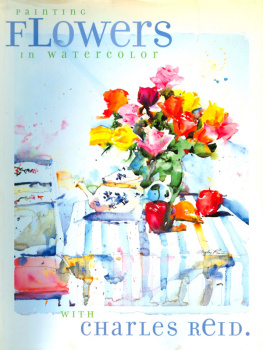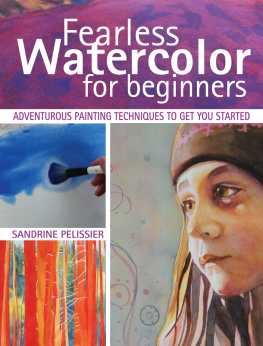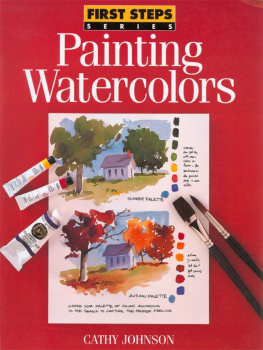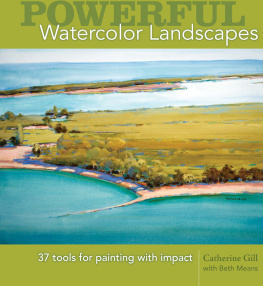PAINTING
WATERCOLORS
ON LOCATION

PAINTING
WATERCOLORS
ON LOCATION
TOM HILL
DOVER PUBLICATIONS, INC.
MINEOLA, NEW YORK
Copyright
Copyright 1996 by Tom Hill
All rights reserved.
Bibliographical Note
This Dover edition, first published in 2019, is an unabridged republication of the work originally published by North Light Books, Cincinnati, in 1996.
Library of Congress Cataloging-in-Publication Data
Names: Hill, Tom, 1922 author.
Title: Painting watercolors on location / Tom Hill.
Description: Mineola, New York : Dover Publications, Inc., 2019. | This Dover edition, first published in 2019, is an unabridged republication of the work originally published by North Light Books, Cincinnati, in 1996.
Identifiers: LCCN 2019007473 | ISBN 9780486837543 | ISBN 0486837548
Subjects: LCSH: Plein-air paintingTechnique. | Watercolor paintingTechnique.
Classification: LCC ND2420 .H545 2019 | DDC 751.42/2dc23
LC record available at https://lccn.loc.gov/2019007473
Manufactured in the United States by LSC Communications
83754801
www.doverpublications.com
2 4 6 8 10 9 7 5 3 1
2019
To Barbara
To my editor, Greg Albert, to David Lewis, Kathy Kipp, Katie Carroll, Angela Lennert Wilcox and all the other folks at North Light Books who helped put this book together.

SIDEWALK MARKET, SAN MIGUEL 21X 28
Table of Contents


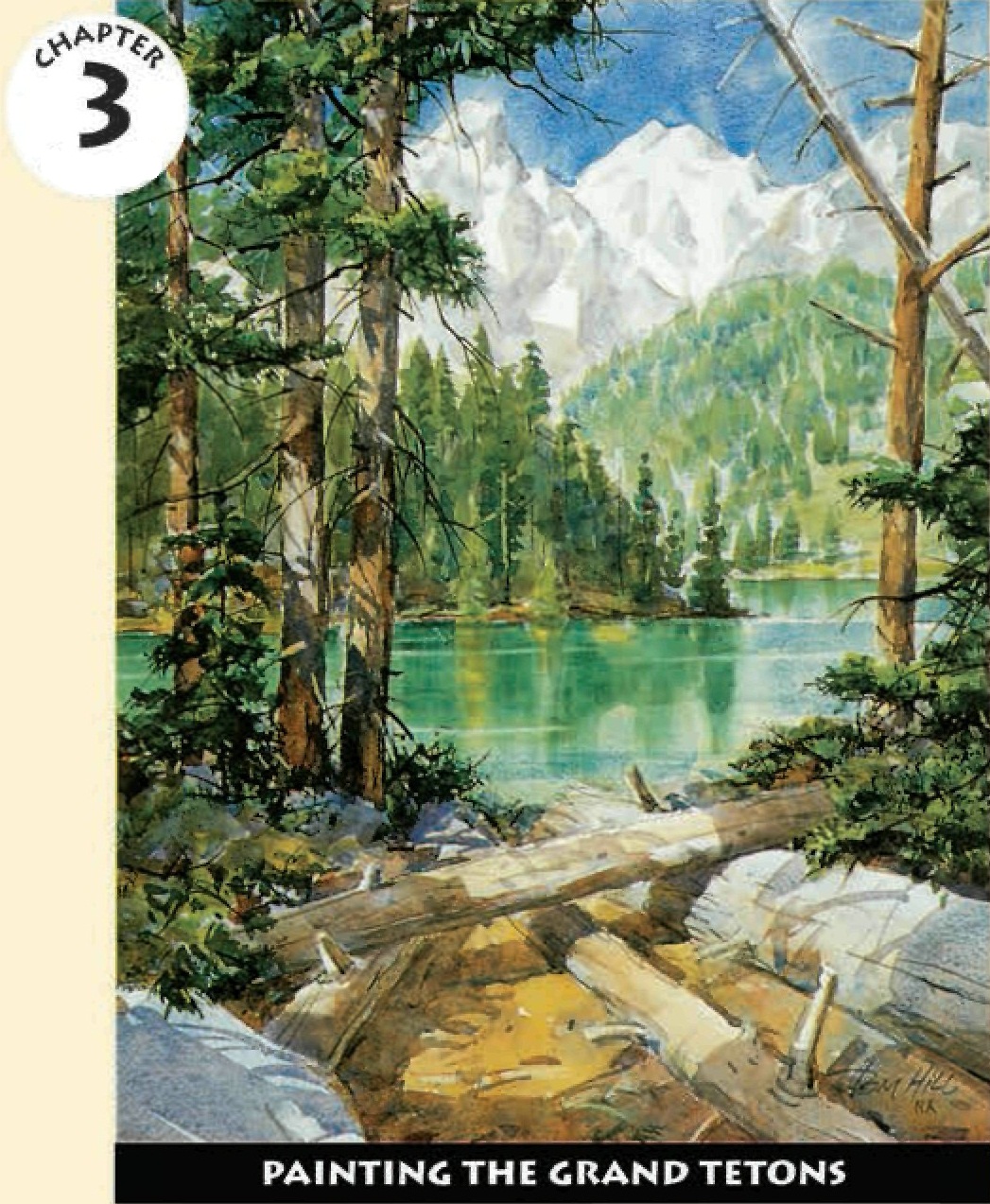
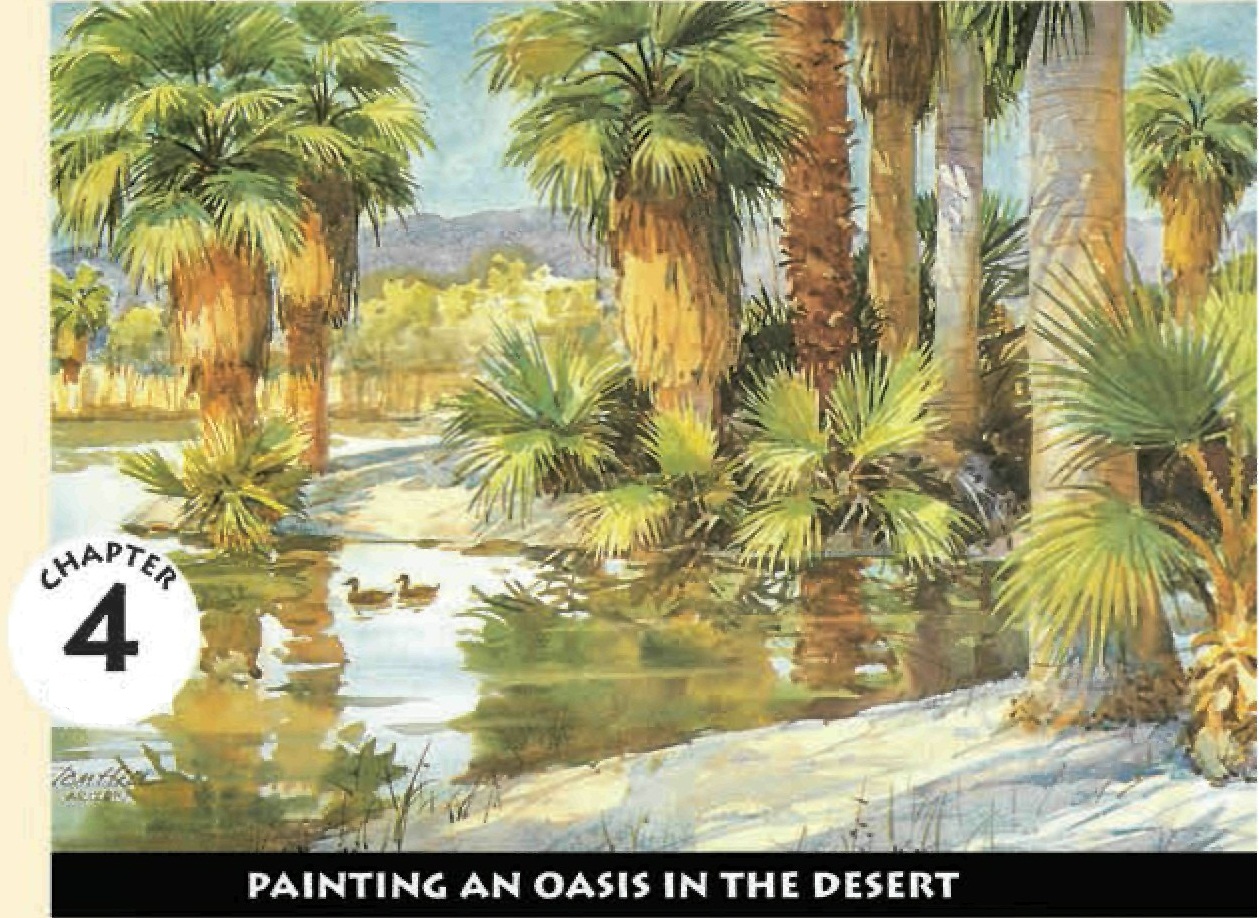
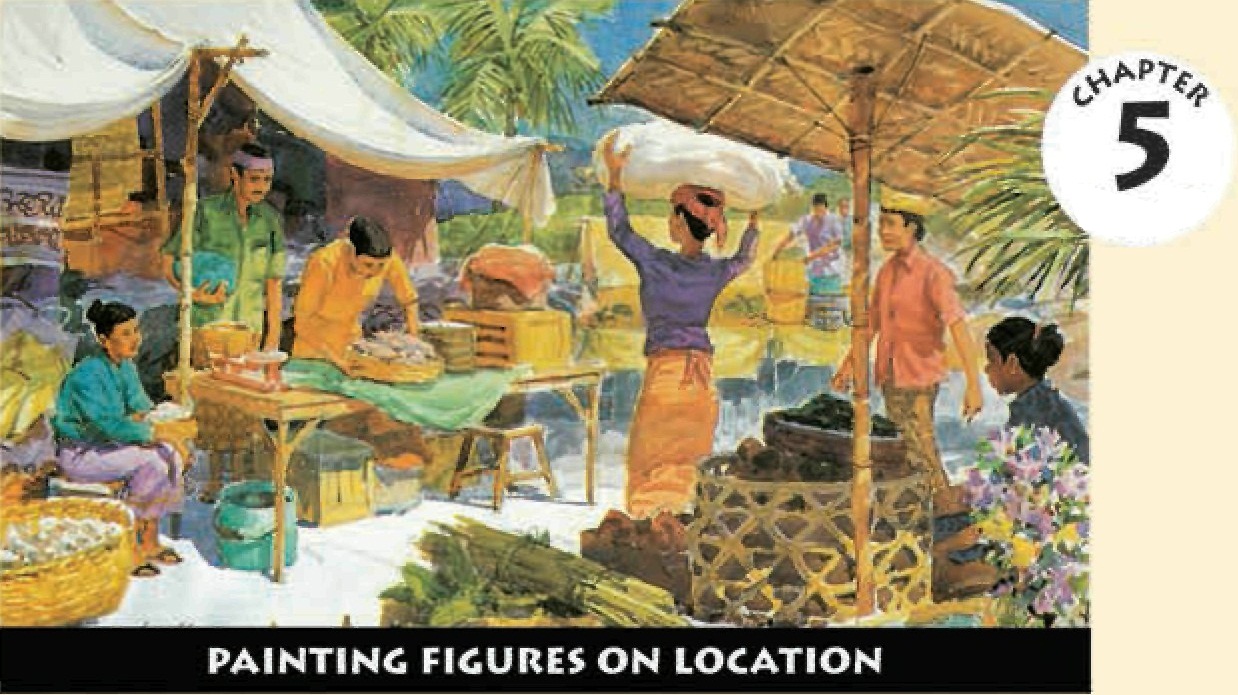



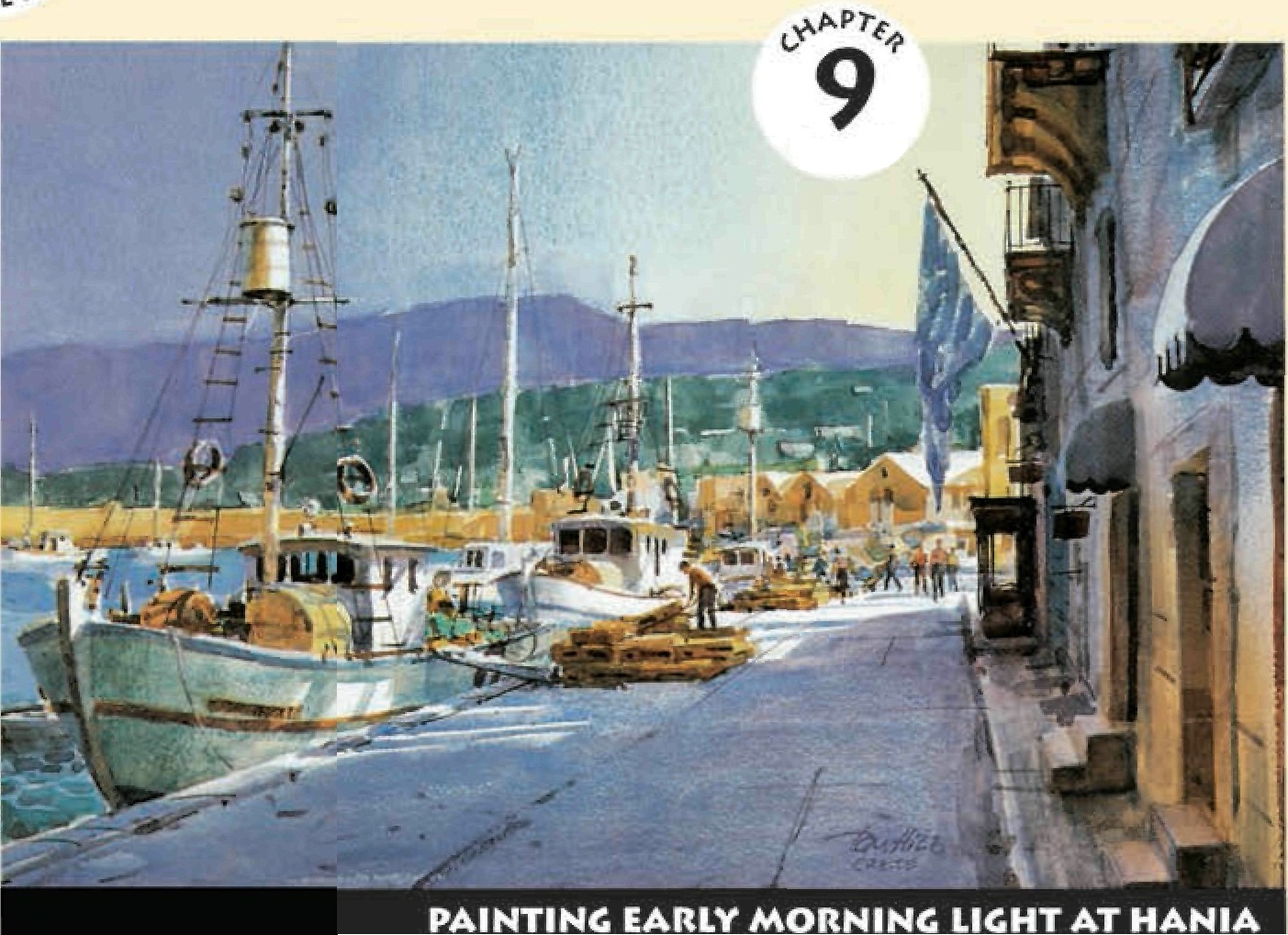

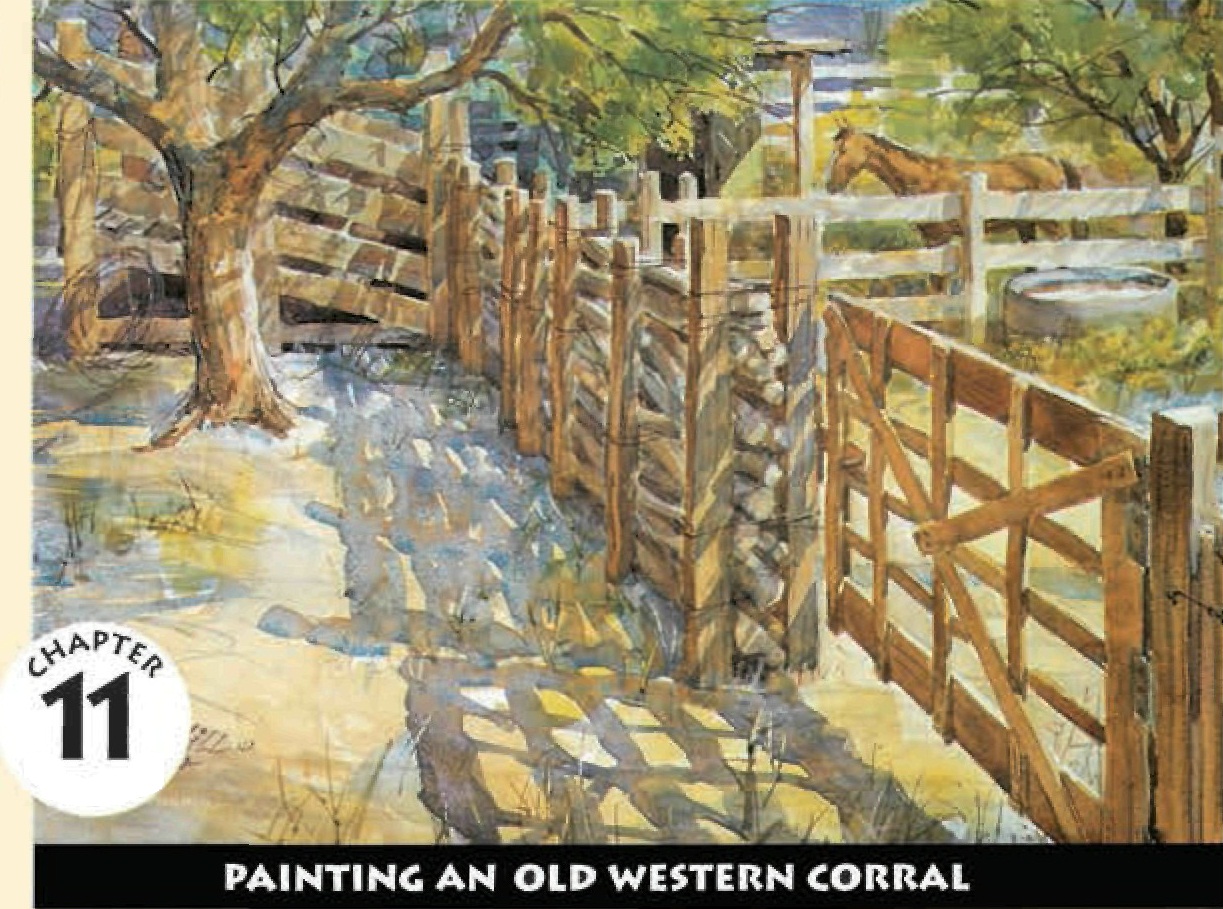


ALONG THE AMALFl COAST 21 14
Introduction
WHY PAINT ON LOCATION?
P ainting directly from the subject isnt a new ideaartists have been doing so for centuries. Everyone has an image in his or her mind of the artist working from a live model, a still life, or a scene. We all know that the artists of the Renaissanceand probably long before thatused models and props in their studios to be able to understand and accurately paint what they had in mind. Painting out-of-doors, right on location, seems to have flowered with the Impressionists in the 1800s and has continued right on up to today.
Still, people will ask: Why go to all the trouble to paint on location, when its so much more comfortable at home or in the studio? Why put up with all that business of carrying gear to the location, contending with wind, bugs, onlookers, no handy bathroom, constantly changing sunlight, etc.?
My answer is that, of course, we all do a lot of painting in our studios. I use my memory, sketches, notes and photos to help me understand my subject and try to produce better paintings. But, youre just going to get more out of your subject by having the real thing to work from! Something about that subject attracted you in the first place and inspired you to want to make a painting based on it. So why not stay right there with that inspiration, where everything you need to know is right in front of you? It might be a bit more trouble, but theres no substitute for it. I highly recommend that you add on location painting to your routine. Your work will have more conviction and speak with authenticity, and youll grow more rapidly into that better artist we all aspire to become!

Heres my wife, Barbara, painting on location. What a great, direct way to get inspiration and information all at once! To those of you who hesitate to paint outdoors: This may not be quite as comfortable as indoors but its pretty nice! The semi-transparent umbrella cloth is white, so it stops the glare of direct sunshine, but lets a nice, soft light through and doesnt add any unwanted color to the watercolor paper surface. (The passing bee you can see behind the chair didnt stingit just flew on by!)
Chapter One
GET READY TO PAINT... ON LOCATION!
Y our indoor painting spot or studio can be anything from a corner of the kitchen table to an elaborate, specially designed studio building, with every feature and comfort an artist could wish for. Your outdoor studio can also run the gamut from minimal to elaborate. The big difference is that it must be mobileyou have to be able to take it to the painting location!
What equipment does one need to be able to go out and paint successfully at the site? As with so many other choices in life, it all depends.
At the very least, you could have a small watercolor pan set (like you had back in grade school), a little watercolor paper tablet, a brush and a small bottle of water. Its possible it could all fit into your jacket pocket or your purse! Its also possible that travelling this lightly, you might have to sit on the ground and hold your painting in your lap. A good painting result is still obtainable, even with this small amount of painting equipment.
At the other end of the scale, you might have a large truck, van or trailer, wherein you could carry nearly as many painting amenities as youd have in a home studio, and could paint while inside this vehicle, away from bugs, weather, onlookers, etc. Most of us, I suspect, will want a mobile studio somewhere between these two extremes.
In general, your on-location setups will depend on your way of working, where your painting spot is located, and how much time and resources you have available.
A WORD ABOUT MATERIALS
This book is concerned with painting directly from the subjecthow to manage this type of painting and succeed at itand does not delve too deeply into watercolor painting techniques. There are many fine books devoted to techniques, so there is no need to cover that subject here. However, I do want to talk about the materials that I use most often, especially for on-location watercolor painting.
Next page








